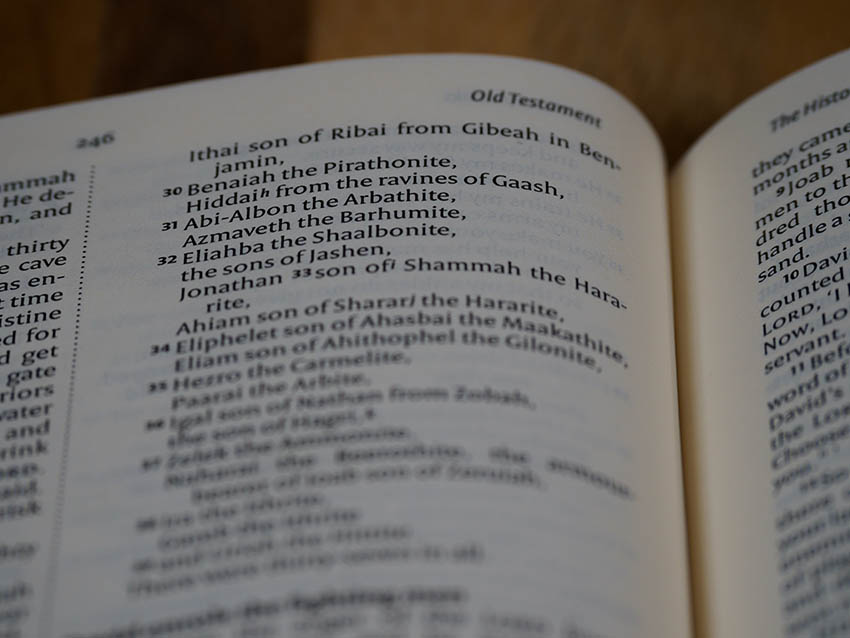



For forty days he was tempted by the devil. He ate nothing during those days, and at the end of them he was hungry.
Luke 4:2
“When you fast, do not look sombre as the hypocrites do, for they disfigure their faces to show others they are fasting. Truly I tell you, they have received their reward in full. But when you fast, put oil on your head and wash your face, so that it will not be obvious to others that you are fasting, but only to your Father, who is unseen; and your Father, who sees what is done in secret, will reward you.”
Matthew 6:16–18
Now John’s disciples and the Pharisees were fasting. Some people came and asked Jesus, “How is it that John’s disciples and the disciples of the Pharisees are fasting, but yours are not?”
Jesus answered, “How can the guests of the bridegroom fast while he is with them? They cannot, so long as they have him with them. But the time will come when the bridegroom will be taken from them, and on that day they will fast.”
Mark 2:18–20
While they were worshipping the Lord and fasting, the Holy Spirit said, “Set apart for me Barnabas and Saul for the work to which I have called them.” So after they had fasted and prayed, they placed their hands on them and sent them off.
Acts 13:2
There was also a prophet, Anna, the daughter of Penuel, of the tribe of Asher.
She was very old; she had lived with her husband seven years after her marriage, and then was a widow until she was eighty-four. She never left the temple but worshipped night and day, fasting and praying. Coming up to them at that very moment, she gave thanks to God and spoke about the child to all who were looking forward to the redemption of Jerusalem.
Luke 2:36
Fasting has been a discipline of the church from its earliest days, and is common in other religions too.
It can mean abstaining from some luxury foods on a temporary or permanent basis – as for example many monastic communities abstain from eating meat permanently, and all Roman Catholics traditionally abstained from meat on Fridays as a form of fasting. Or it can mean complete abstinence from food and all drinks other than water (or sometimes herbal tea) for a length of time. Jesus’ forty-day fast is the longest a person practised in fasting might undertake; beyond that it is inadvisable for health reasons.
Abstinence from food is not the only kind of fast. Fasting from watching
TV is a popular alternative – or maybe fasting from shopping. During Lent many Christians choose to give something up as a form of fasting – this may be a kind of food, for example giving up chocolate or sugar in tea, or it can be some kind of comfort – perhaps sitting on a hard chair instead of in an armchair.
In every case it is done as a reminder, a help in focusing the mind – either
to free oneself for complete availability to God, or as a small discomfort serving to recall attention again and again to focus on prayer. In our passages above we see Anna fasting and praying as part of her dedication to God, the church fasting and praying in preparation for anointing leaders, and Jesus’ reference to fasting in response to sorrow and bereavement. Jesus points out that the one really bad reason for fasting is to show off!
O Holy Spirit of God, as you led Jesus into the wilderness to fast and pray by
himself for forty long days and nights, so you call us to practise a discipline of self denial to help us draw closer to him. Speak quietly in our hearts, Spirit of God, so that we may know what you are asking us to undertake and what to relinquish. Give us, we pray, the wisdom to discern your voice in our hearts, and the grace to follow your leading. This we ask in Jesus’ holy name; Amen.